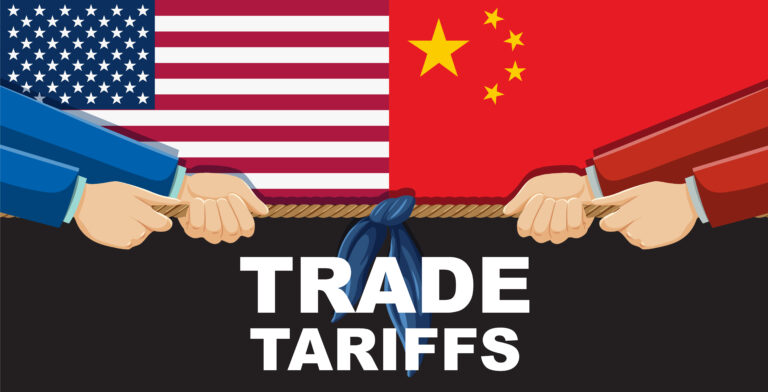
On September 29, 2025, President Donald Trump announced a comprehensive 20-point plan to address the Gaza conflict. The plan aimed to establish a ceasefire, secure the release of Israeli hostages, and dismantle Hamas’ military capabilities. It also proposed a transitional governance structure for Gaza, led by independent Palestinian technocrats under international supervision. Trump emphasized that the plan required Hamas’ acceptance by October 5, 2025, warning of severe consequences if rejected. The proposal included an economic development plan for Gaza, creating jobs and rebuilding the region. It also envisaged Gaza as a demilitarized zone with no role for Hamas in governance or military matters. Trump described the plan as fair and urged all parties to act swiftly to prevent further bloodshed.
Hamas’ Conditional Acceptance and Hostage Release
Hamas responded to Trump’s plan by agreeing to release all remaining Israeli hostages, both living and deceased. This agreement was subject to ‘field conditions’ that would allow a safe exchange. They also expressed willingness to transfer Gaza’s administration to a Palestinian technocratic body. However, they did not accept the terms requiring disarmament or a complete absence from governance.
Hamas sought further negotiations on the future governance of Gaza and Palestinian rights. The planned exchange involved releasing an estimated 48 hostages in return for hundreds of Palestinian prisoners detained by Israel. Hamas’s partial acceptance came after Trump set a firm deadline. He welcomed their response as a sign that the group was ready for lasting peace. Trump called on Israel to immediately halt bombing to ensure the hostages’ safe release. However, some Israeli airstrikes continued despite the tense situation.
International Reactions and Peace Efforts
Trump’s Gaza peace proposal drew support from many nations, including France, Germany, Russia, the UAE, Egypt, Turkey, Qatar, Jordan, Indonesia, Pakistan, and the UK. As mediators prepared for indirect negotiations between Hamas and Israel in Egypt, Trump urged all parties to act quickly to capitalize on the momentum. Despite ongoing Israeli military actions, there was a movement towards a potential ceasefire contingent on Hamas confirming their commitment. The plan envisions a broader peace in the Middle East involving Arab countries’ cooperation and international stabilization forces. However, key issues remained unresolved, including Hamas’s disarmament and Israel’s position on Palestinian statehood, which Netanyahu opposed strongly.
Trump’s Warnings and Next Steps
Trump issued strong warnings that if Hamas refused to accept the plan and relinquish control of Gaza, their military and governing infrastructure would face “complete obliteration.” He underlined the urgency of ending the violence and bringing peace to the region.
As the peace talks began in Egypt, Trump expressed optimism about a forthcoming agreement and the imminent release of hostages. He also highlighted the economic revival prospects for Gaza under the plan, which aimed to provide residents the option to rebuild their lives without compulsory displacement. Trump’s focus here is to “make Gaza beautiful again”. The coming days were critical for the fate of the plan and the future of Gaza, with Hamas’s final decisions and Israel’s responses shaping the path forward.
President Trump’s 20-point Gaza plan aims at a ceasefire, hostages’ release, and demilitarization of Gaza with a new technocratic governance model. Hamas agreed to release hostages and transfer governance conditionally but rejected disarmament terms, seeking further talks. The plan enjoys broad international backing but faces challenges, especially regarding governance and statehood issues. Trump’s firm deadline and warnings reflect the high stakes, while ongoing negotiations in Egypt could pave the way for peace or further conflict escalation.
For more such articles, check out the World Times.



